
Here you will find some of the best tips for homeschool nature study and creating habits young. Nature study can be a family activity with short lessons for your preschoolers or elementary-aged children during outdoor time.
“As for the baby, when he is put down, he will kick and crawl and grab at the grass, loving every minute of his freedom as he takes in nature in his own way. He should be dressed in something comfortable that can handle a bit of dirt and play.”
Charlotte Mason, Volume 1, page 45

Homeschool Nature Study – Creating Habits Young
In our family, when the children were young, we would work and play in the yard together just about every day. The habit of getting outdoors for a few minutes together began even before we started any sort of formal nature study. Simply being outside as a family pulling weeds, cutting flowers to bring inside, sitting on the grass and watching the birds in the feeders, sweeping the walk, swinging on the rope swing, tidying the garden, playing with the dog, turning the compost, or watering the deck plants, brought us in touch with so many interesting things to observe and enjoy.
There were rocks to turn over and look at what was hiding underneath…..ants and spiders and crickets. There were plants to smell like roses, thyme, and lavender. There were trees to touch and leaves to gather.
Nature Study is a Family Activity
The earlier you start building these habits in your family, the easier it will be to create children who are eager to be outside and engaged in nature study. Think of the earliest years outdoors with your children as the way to start a valuable habit. I have seen in my family that developing a love and curiosity about the natural world developed gradually over their childhood.
“..the mother must not miss this opportunity of being outdoors to train the children to have seeing eyes, hearing ears and seeds of truth deposited into their minds to grow and blossom on their own in the secret chambers of their imaginations.”
Charlotte Mason, Volume 1, page 45

I believe in the younger grades that our responsibility as parents is to open the eyes of our children to the world around them, exposing them to real things and real places. As I said in Nature Study for Young People, “it makes no sense to me to teach our children about the rain forest if they haven’t even learned about the trees and animals in their local habitat. The younger years are the time to get outside and take walks and look at real things up close and form memories and impressions. There is a time for books and textbooks (in limited amounts) but that can come later.”
Nature Study with Very Young Children – Getting Outside Safely
Once you decide you want to venture out of your own yard, the stroller is a great way to get the little ones out but still let them be a part of your nature time. You can point things out to get them started, but soon they’ll be looking for clouds and birds on their own. Be flexible. I have one child that would rather push the stroller than sit and ride so I would tell him that he had to keep a hand on the stroller as we walked along at his pace. This kept him from running too far ahead and I could interact with him as interesting things caught our eye. This gave him a little sense of freedom, but I could be in close supervision.
From a very early age, we included the little ones along on our family hikes. The baby backpack was our best friend and the boys both loved riding along on dad’s back as we hiked. We trained them to ride in the backpack and then gradually shifted them to walking on their own.
Homeschool Nature Study Tips for Young Children
One of our favorite daily activities when the boys were very small was to let them use a small watering can to water our deck plants each morning. We would observe the flowers and play in the water a little, but they began to have an appreciation for growing things.
Also, the boys have always loved helping to fill the birdfeeders. This would get us outdoors and talking about the different visitors we had that ate the seeds. Scooping seed was a favorite toddler activity as well.
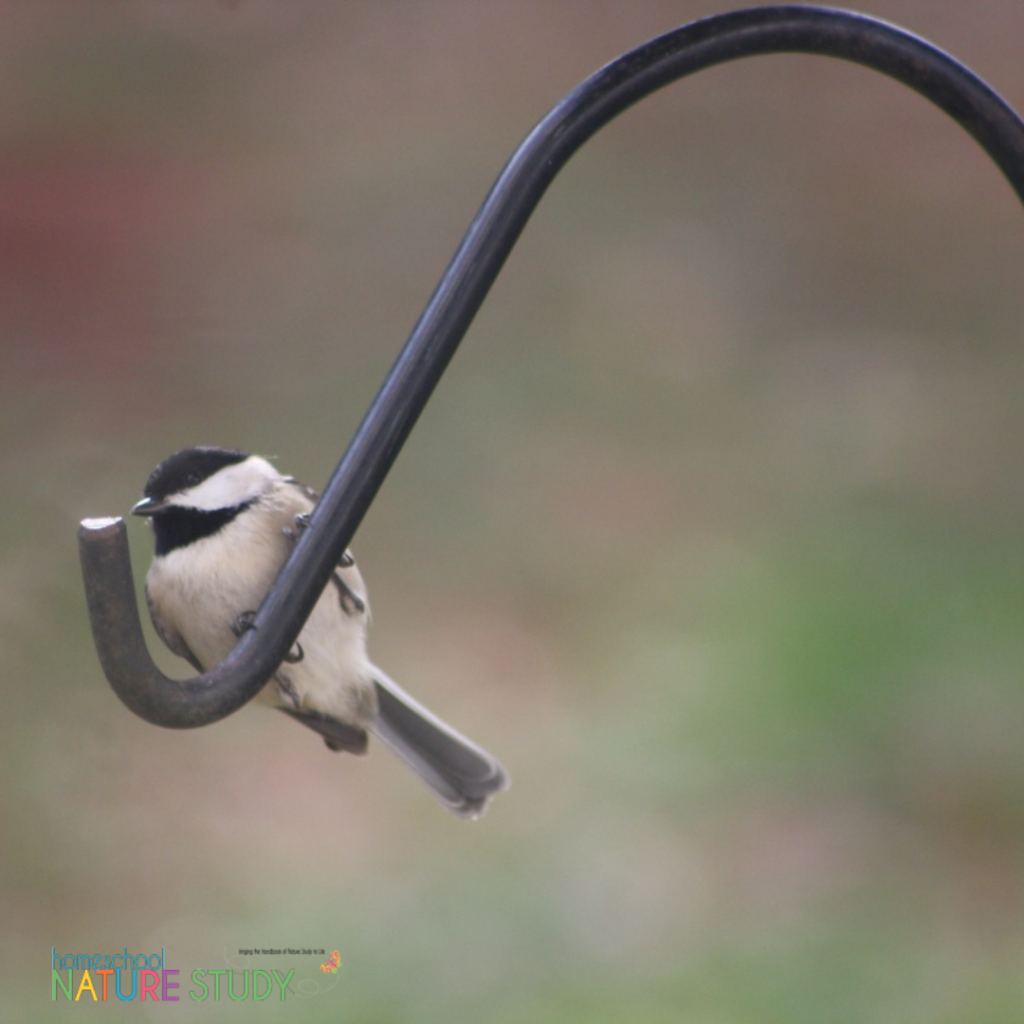
Collecting things to bring home and organize is also something very young children enjoy. I have one son that always had a pocket full of acorns every time he went outside. We collected them in a coffee can each day and he enjoyed spilling them out on the deck to count and sort through on his own.
Using the Outdoor Hour Challenge for Creating Habits Young
Let’s say that your family has preschool or young grammar age children. You have a suburban backyard. You have one afternoon a week that you can devote to nature study. You are new to nature study but you know your children have an interest in birds. How will you use the Outdoor Hour Challenges?

- Pick your Outdoor Hour Challenge from the selection of birds available for creating habits young. You’ll need to read through the Challenge and then read the corresponding pages in the Handbook of Nature Study. Note a few points that you can weave into your outdoor time. Prepare the children as much as you can in a way that is appropriate for their ages. If the lesson for the week is to learn about bird’s beaks, you might mention a few facts about bird beaks before you head out the door.
- I might start off our outdoor time with a walk around the yard to see if we find anything new or interesting. If a bird happens along at the feeder or nearby, stop and quietly observe the bird, making special note of the bird’s beak.
- After the birds flies away, take a minute to ask if your child was able to observe anything about the bird’s beak. Was it long, short, pointed, round, black, yellow, bigger than the head, and how did the bird use the beak? In this way you start to create the habit of observing nature carefully together. Keep the “lesson” short.
“I sincerely believe that for the child, and for the parent seeking to guide him, it is not half so important to know as to feel when introducing a young child to the natural world. If facts are the seeds that later produce knowledge and wisdom, then the emotions and the impressions of the senses are the fertile soil in which the seeds must grow. The years of early childhood are the time to prepare the soil.”
-Rachel Carson, A Sense of Wonder

Nature Study for Young Children: In My Experience
In the younger years, we should be more concerned with creating that direct contact with nature and not the memorizing of facts about things we haven’t encountered in real life. Nature study should include those objects most often seen and encountered during your outdoor time. The flowers, trees, birds, insects, and rocks that are found in your own yard or neighborhood are the perfect start to your nature study experiences. The best way for creating habits young and to teach nature study is not by setting out a rigid course of study but to be aware of topics that are all around you and one by one to make observations and to learn as a family.
For instance, you could read about a monarch in a book, noting the illustrations and the scientific facts about this beautiful butterfly. This may soon be forgotten. But, if you are out in your garden or on a nature walk and come across a monarch butterfly that maybe has a tattered wing, your child might just want to know about where it came from and why it has a few ragged edges on its wings. They care about the real butterfly. Their personal experience with this insect will now give the reading about it in a book more meaning. This butterfly now has a story and your child might be more inclined to tell that story in their own words either orally or on paper. The correlation between what they saw in the garden and what they have learned about the monarch may even spur them to act in behalf of that monarch by planting a butterfly garden with milkweed or participate in a citizen science project where they tag monarchs.
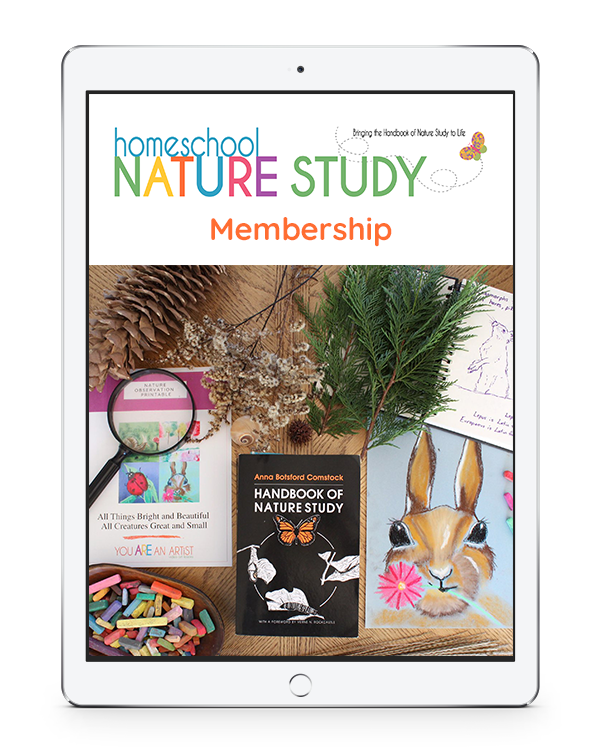
If you are not a member here on the Handbook of Nature Study yet, please consider joining to gain the benefit of having a nature study library at your fingertips. There are numerous resources available for you to help with creating habits young and growing the habit of nature study within your family.









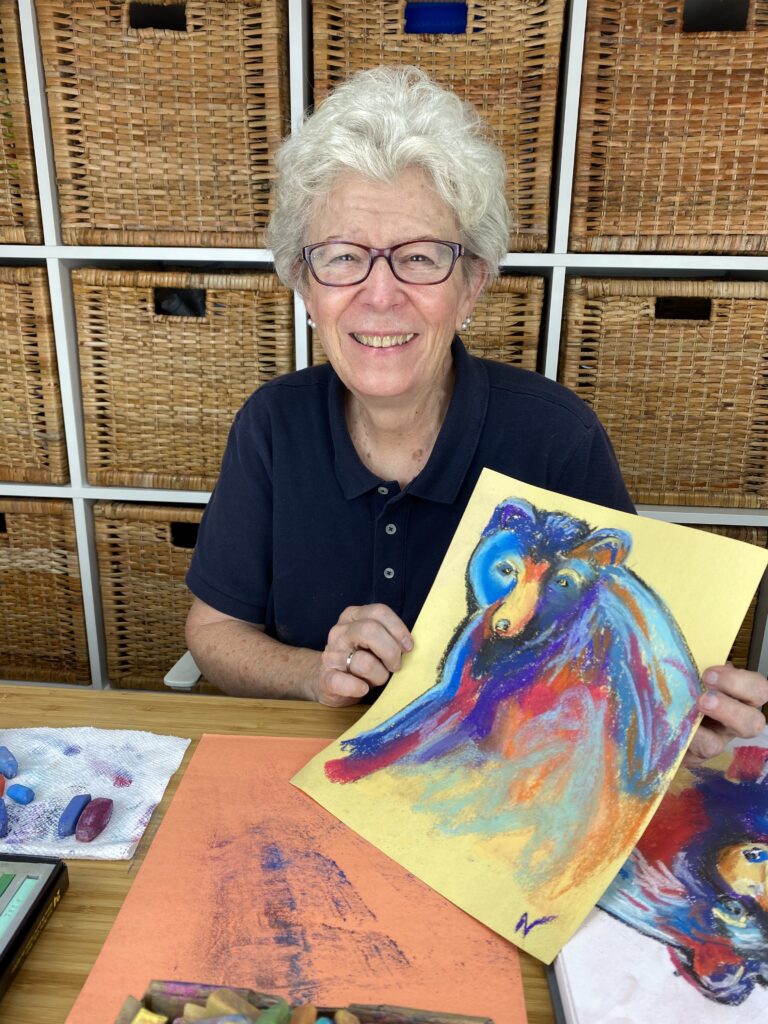
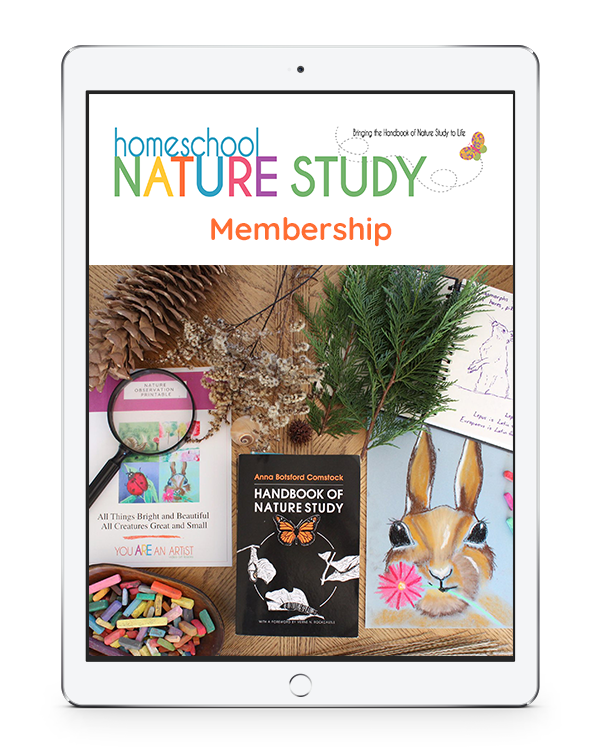




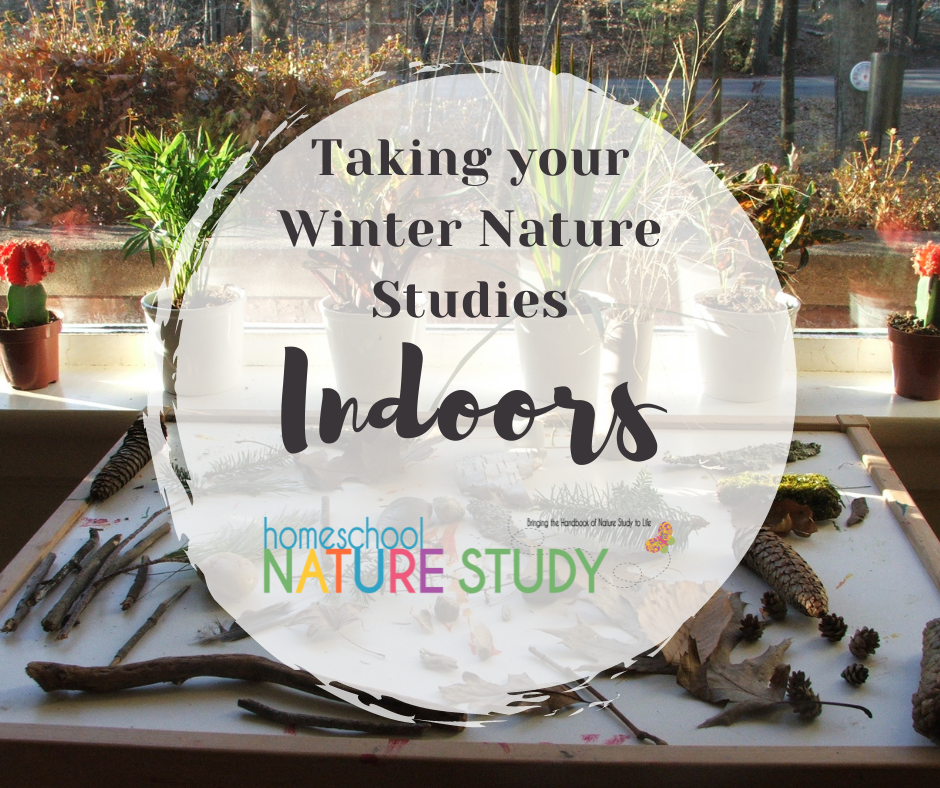


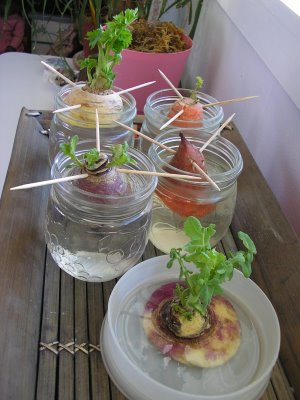
















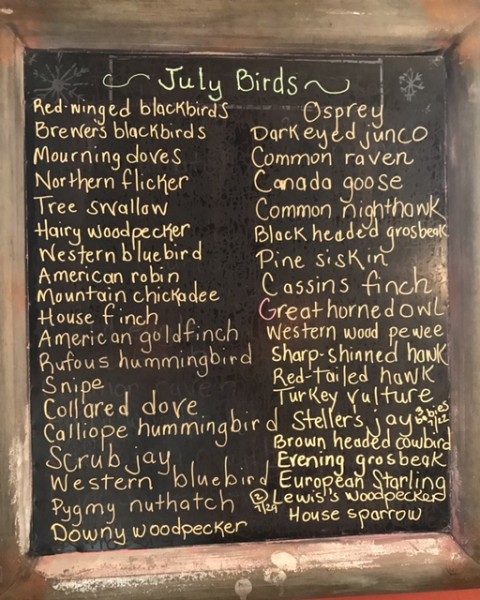








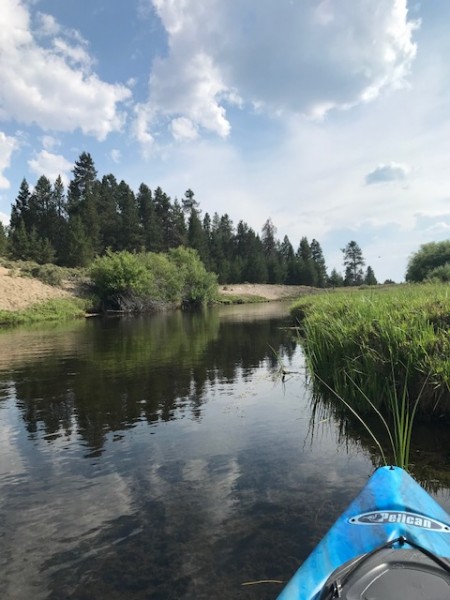
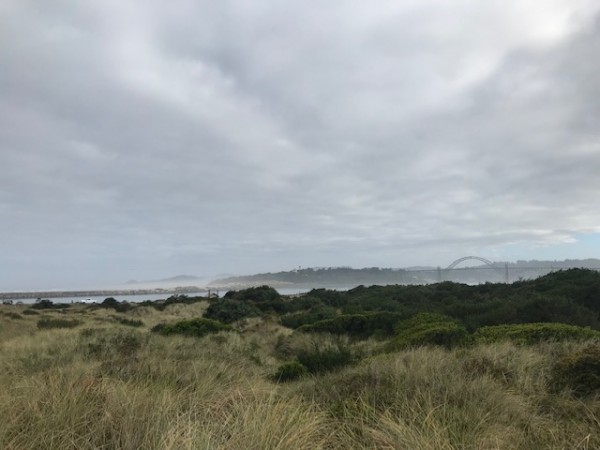



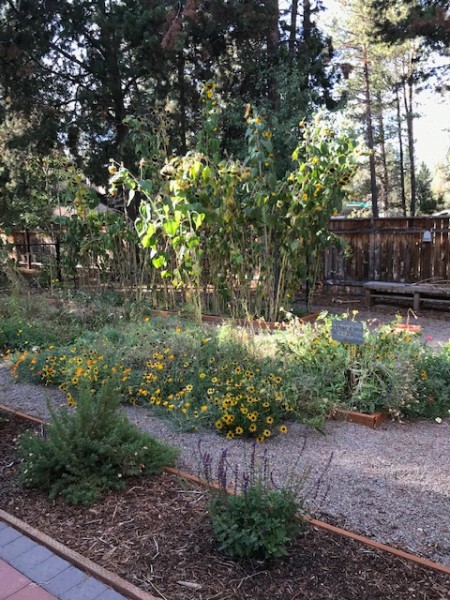


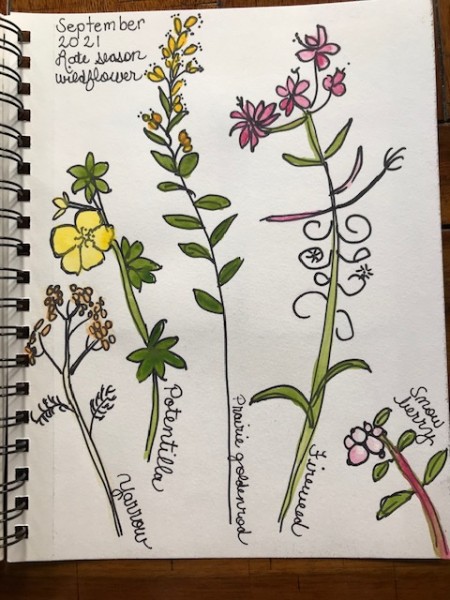



 Outdoor Hour Challenge #9
Outdoor Hour Challenge #9